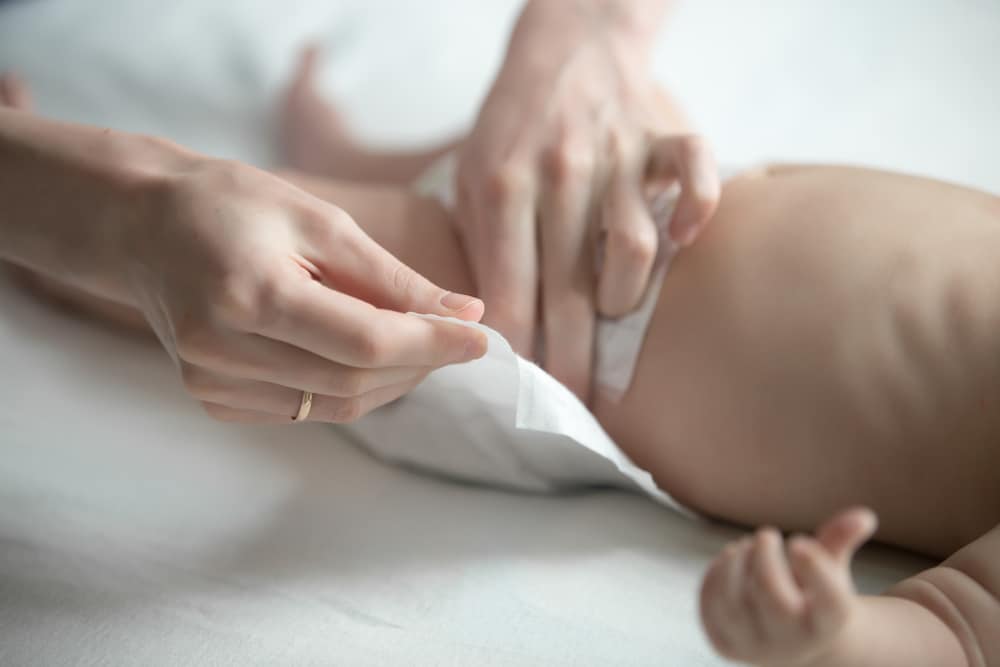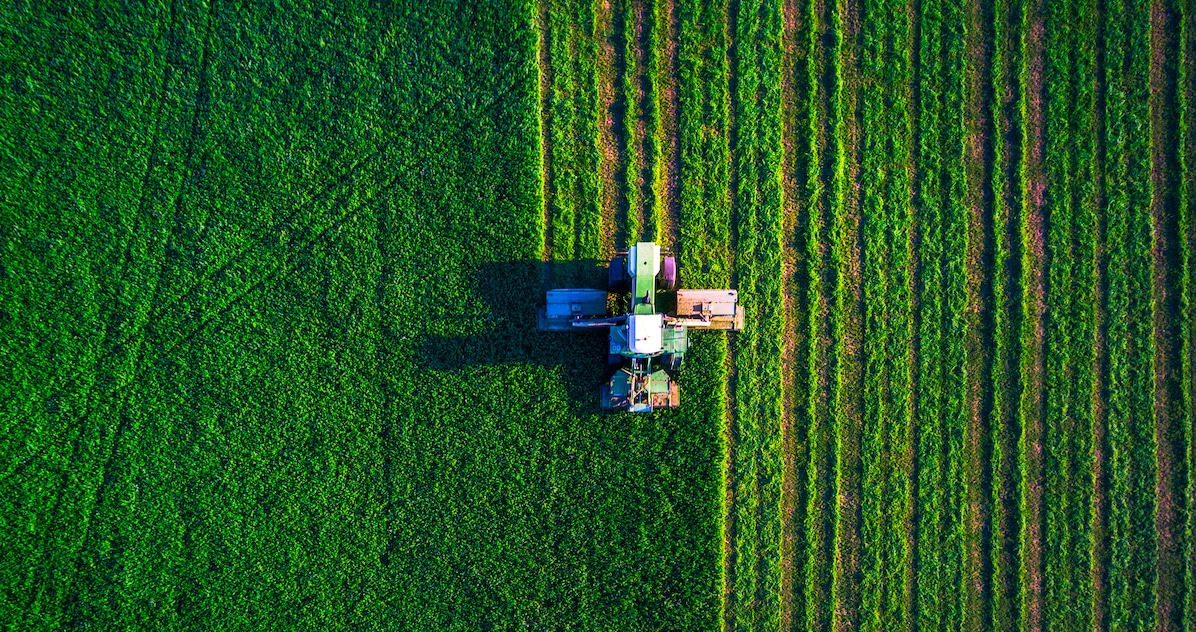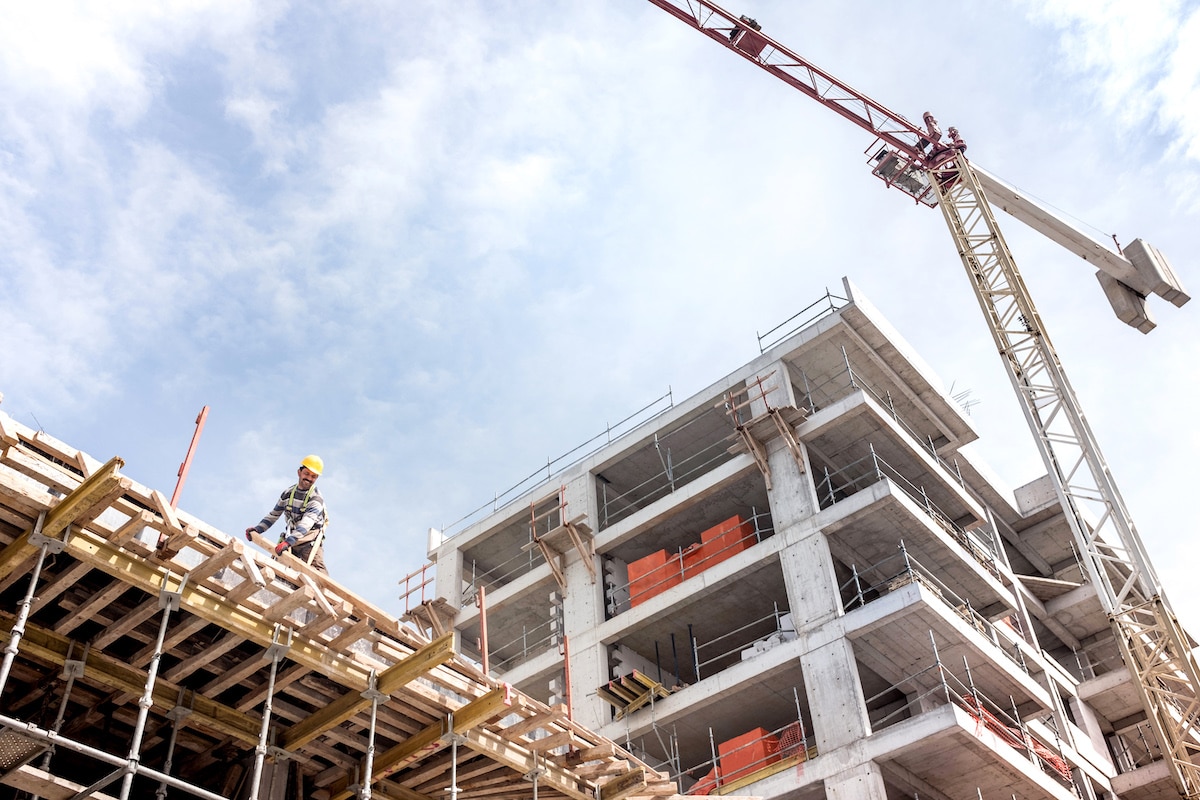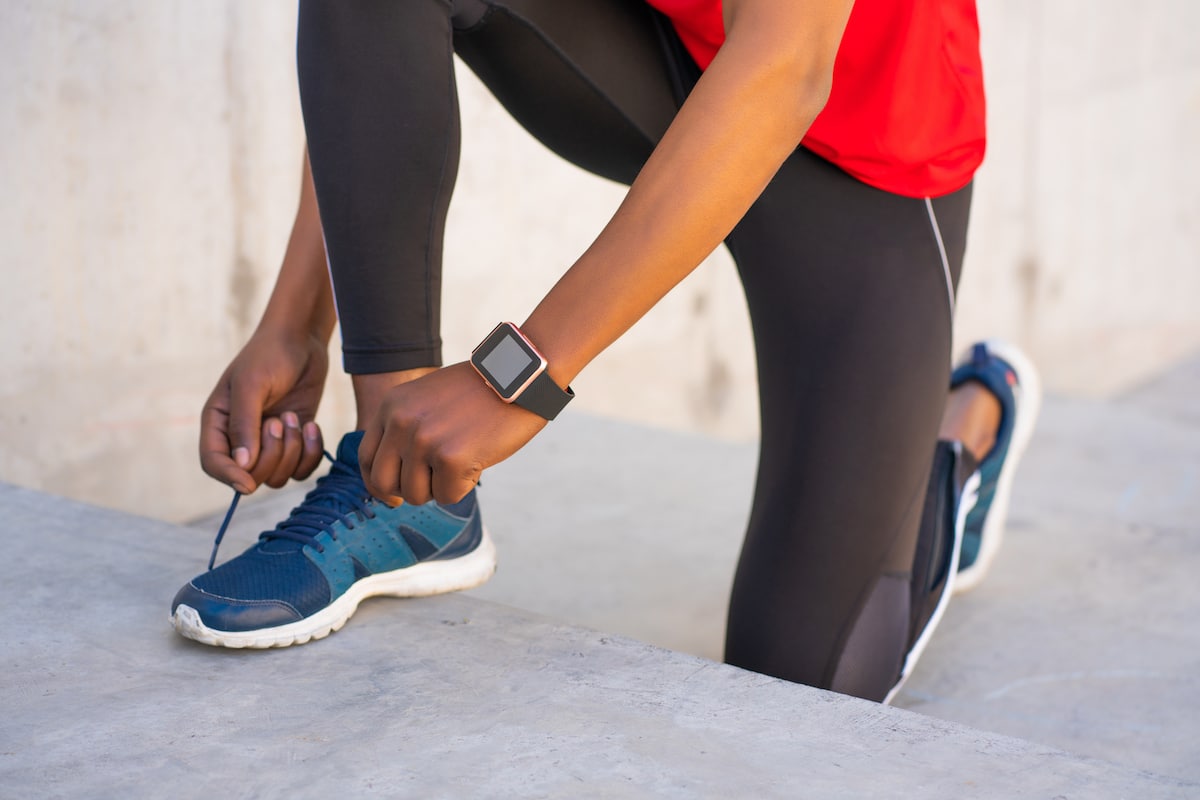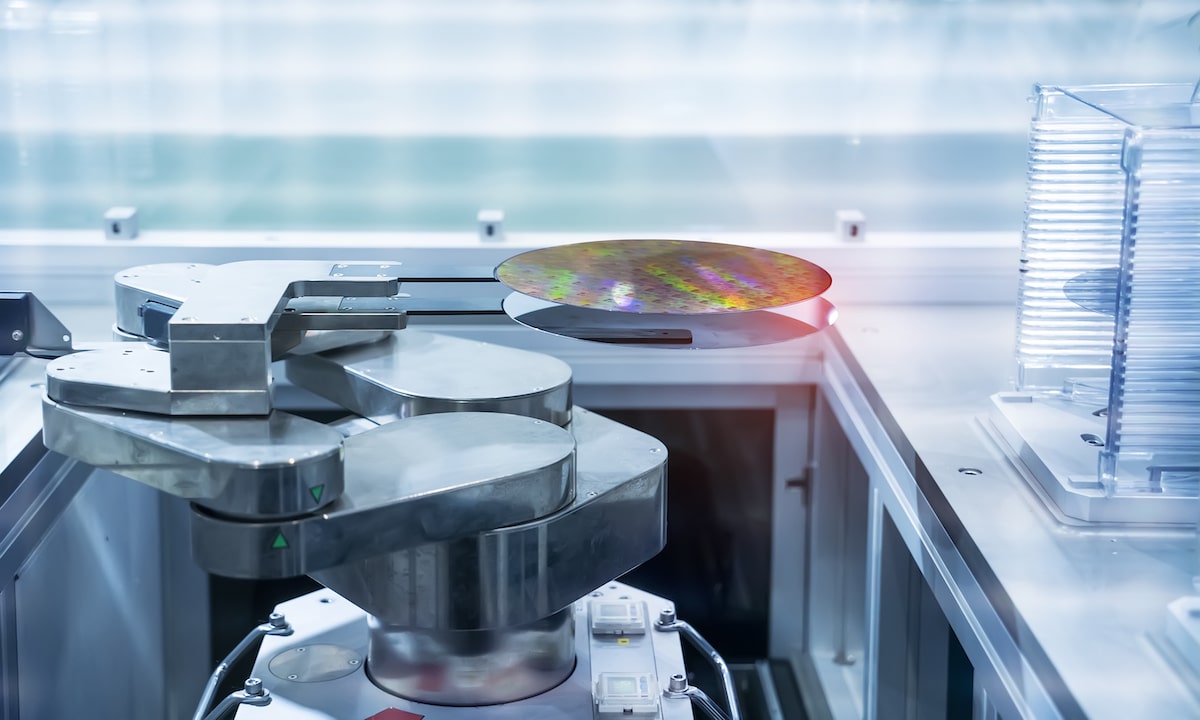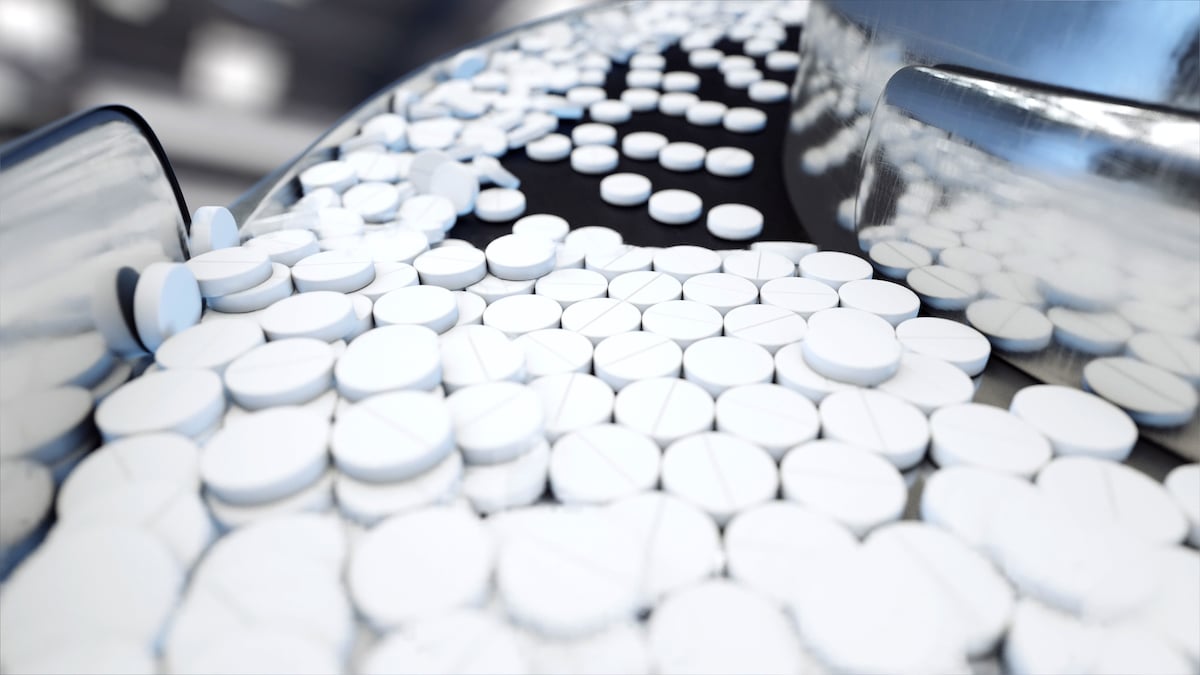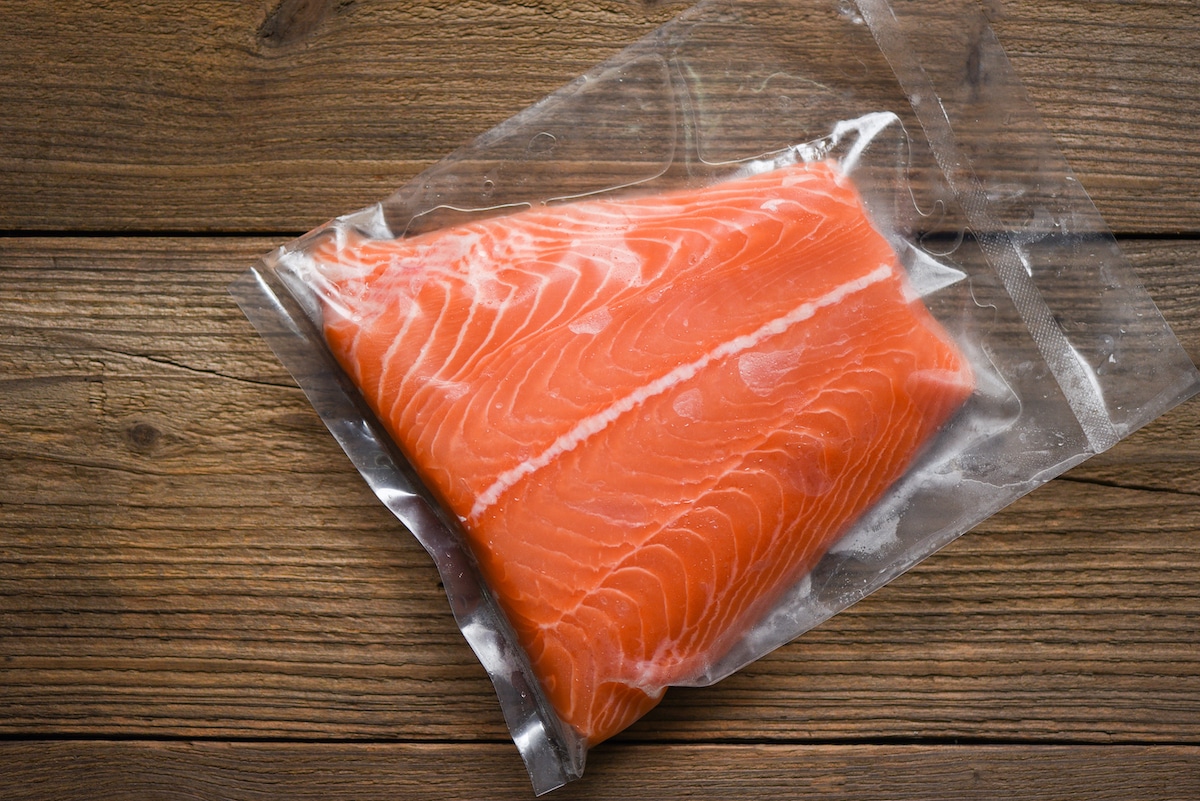When it comes to tissue sampling, our Ceres Solutions rep, Kala Pierucki, has the process down to a science. She monitors the field on a weekly basis to see what growth stage the soybean plants are in. Once they are at the correct stage for sampling, Kala will pull up aerial and AMS application maps of the field to identify the borders of treatment areas in the trial. Then, she will take the samples accordingly, across both the treated and untreated areas.
Currently, we are getting very similar results for the treated and untreated samples, which confirms we are supplying the soybeans with everything they need for good crop yields. We noticed that copper shows up low on all samples, and we are curious to learn how we can raise the copper levels, and if that would be beneficial to potential yield.
Through the tissue sampling process, we have been conducting field research on micronutrients to understand their role in plant health and yield maximization. We already added boron to our dry program up front, but we are considering looking at a few of the other micronutrients to make sure our plants do not have a hidden hunger that we are not addressing.
We like the real-time awareness and management options that tissue sampling data offers, and we will continue to conduct tissue sampling in the future to learn and develop our best management practices, as well as use it for diagnosing a problem or affirming that our plants have all the nutrients they need.

